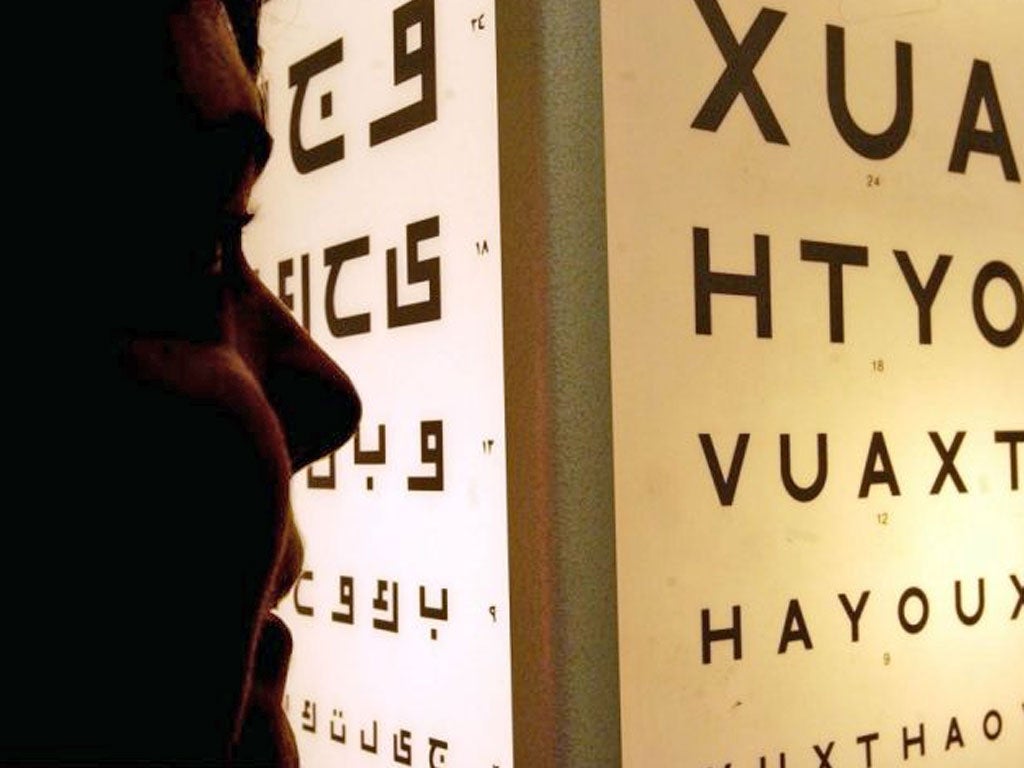Phone screens are damaging our vision by making eyeballs grow, expert says
'The initial theory for this is that people are doing more near-plane reading activity with smartphones'

Your support helps us to tell the story
From reproductive rights to climate change to Big Tech, The Independent is on the ground when the story is developing. Whether it's investigating the financials of Elon Musk's pro-Trump PAC or producing our latest documentary, 'The A Word', which shines a light on the American women fighting for reproductive rights, we know how important it is to parse out the facts from the messaging.
At such a critical moment in US history, we need reporters on the ground. Your donation allows us to keep sending journalists to speak to both sides of the story.
The Independent is trusted by Americans across the entire political spectrum. And unlike many other quality news outlets, we choose not to lock Americans out of our reporting and analysis with paywalls. We believe quality journalism should be available to everyone, paid for by those who can afford it.
Your support makes all the difference.Smartphones are damaging people’s vision by causing eyeballs to continue growing for longer than they should, an ophthalmologist has claimed.
There are more people becoming short-sighted now than there were a decade ago, according to Andrew Bastawrous, who believes the amount of time we’re spending in front of screens is at least partly to blame.
Severe myopia can lead to sight-threatening conditions, including glaucoma and retinal detachment.
“The growth of the eye tends to slow down in your late teens and stop. But what's happening in these population is that it isn't stopping. It seems to continue, and it's being seen all over the world but much more so in Asia,” Mr Bastawrous told Wired.
Myopia is caused by the elongation of the eye, which causes light from distant objects to fall just short of the retina, making the image appear blurred.
“The initial theory for this is that people are doing more near-plane reading activity with smartphones which is encouraging the eye to become myopic to meet that environmental need. There’s also evidence that suggests this is happening too quickly for it to be purely an environmental or genetic response.”
He added that this could also be the case because people are spending less time outdoors, and getting less exposure to ultraviolet light.
“Many people no longer spend time looking at the stars and the mountains, they're looking at screens more often instead,” he said.
His views echo the findings of a King’s College London study from 2015, exploring the possible link between increased computer and smartphone use and rising rates of myopia.
The emergence of higher myopia rates in younger generations was “not related to the natural course of ageing”, it claimed.
However, it also added that the rise in myopia rates “might pre-date the computer” and “certainly pre-dates iPads and iPhones”.
Join our commenting forum
Join thought-provoking conversations, follow other Independent readers and see their replies
Comments